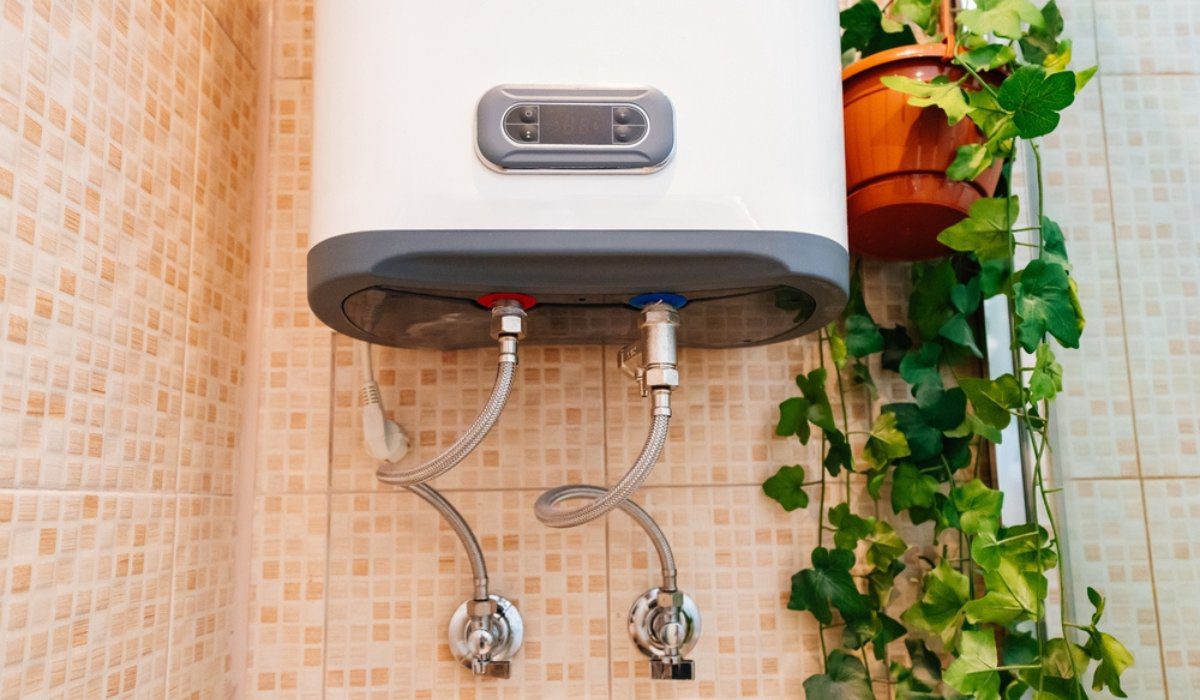What to Maintain Your Home's Hot Water System Effectively
What to Maintain Your Home's Hot Water System Effectively
Blog Article
The article author is making several great points about Tips on Maintaining a Water Heater as a whole in this article further down.

Warm water is vital for daily convenience, whether it's for a revitalizing shower or washing recipes. To ensure your warm water system runs successfully and lasts longer, normal maintenance is crucial. This article supplies sensible suggestions and understandings on just how to preserve your home's warm water system to avoid interruptions and pricey repairs.
Introduction
Preserving your home's warm water system may appear daunting, however with a couple of straightforward steps, you can ensure it runs smoothly for many years to find. This overview covers every little thing from understanding your hot water system to do it yourself upkeep tips and understanding when to employ specialist help.
Significance of Preserving Your Warm Water System
Normal maintenance not only prolongs the life expectancy of your warm water system yet additionally guarantees it runs efficiently. Ignoring upkeep can bring about lowered efficiency, higher energy bills, and even premature failure of the system.
Indications Your Warm Water System Requirements Upkeep
Recognizing when your warm water system requires attention can avoid major problems. Watch out for signs such as inconsistent water temperature, unusual sounds from the heating system, or corroded water.
Purging the Hot Water Heater
Purging your hot water heater gets rid of debris buildup, improving efficiency and extending its life.
Checking and Replacing Anode Rods
Anode rods prevent corrosion inside the container. Checking and replacing them when worn is essential.
Complex Issues Requiring Professional Aid
Examples include significant leakages, electric issues, or if your water heater is consistently underperforming.
Regular Expert Maintenance Benefits
Specialist upkeep can include comprehensive inspections, tune-ups, and ensuring conformity with security standards.
Inspecting and Adjusting Temperature Level Setups
Readjusting the temperature level settings guarantees ideal efficiency and security.
Do It Yourself Tips for Upkeep
You can perform numerous maintenance jobs on your own to keep your warm water system in top problem.
Checking for Leakages
Frequently evaluate pipes and connections for leakages, as these can lead to water damages and higher costs.
Comprehending Your Hot Water System
Prior to diving into upkeep tasks, it's helpful to recognize the basic parts of your warm water system. Generally, this consists of the water heater itself, pipelines, anode rods, and temperature level controls.
Regular Monthly Upkeep Tasks
Routine monthly checks can assist capture minor concerns before they rise.
Evaluating Stress Alleviation Valves
Evaluating the stress safety valve ensures it operates correctly and stops too much pressure accumulation.
Insulating Pipes
Shielding hot water pipelines reduces warm loss and can conserve energy.
When to Call a Specialist
While DIY maintenance is beneficial, some problems call for professional knowledge.
Verdict
Regular maintenance of your home's warm water system is essential for effectiveness, long life, and cost financial savings. By adhering to these suggestions and understanding when to look for professional assistance, you can make sure a reliable supply of hot water without unexpected interruptions.
How to Maintain an Instant Hot Water Heater
Before tinkering with your hot water heater, make sure that it’s not powered on. You also have to turn off the main circuit breaker and shut off the main gas line to prevent accidents. Also turn off the water valves connected to your unit to prevent water from flowing into and out of the appliance. 2. When you’re done, you have to detach the purge valves’ caps. These look like the letter “T†and are situated on either side of the water valves. Doing so will release any pressure that has accumulated inside the valves while at the same time avoid hot water from shooting out and burning your skin. 3. When the purge valves’ caps are removed, you have to connect your hosing lines to the valves. Your unit should have come with three hoses but if it didn’t, you can purchase these things from any hardware or home repair shops. You can also get them from retail stores that sell water heating systems. Read the user’s manual and follow it to complete this task properly. When the hosing lines are connected, open the purge port’s valves. 4. You should never use harsh chemical cleaners or solutions when cleaning your unit. Make use of white vinegar instead. It should be undiluted and you’ll probably use about 2 gallons. 5. Now flush your water heater. This task should probably take about 40 minutes. We can’t give you specific directions for this because the procedure is carried out depending on the type, model and brand of your heater. With that being said, refer to the user’s manual. 6. When you’re done draining the unit, you have to turn off the purge port valves again. Remove the hosing lines that you earlier installed on each of the water valves. Put the valve caps (purge port) back in their respective places and be very careful so as not to damage the rubber discs that are found inside these caps. 7. Now that everything’s back in place, check your user’s manual again to find out how to reactivate your water heating system. 8. Once it is working, turn one of your hot water faucets on just to let air pass through the heater’s water supply pipes. Leave the tap on until water flows smoothly out of it. https://www.orrplumbing.com/blog/2014/september/how-to-maintain-an-instant-hot-water-heater/

Hopefully you liked our post about Tips on Maintaining a Water Heater. Thank you for taking time to read our piece. Do you know anybody else who is enthusiastic about the subject? Be sure promote it. Thank you so much for your time spent reading it.
Call Today Report this page